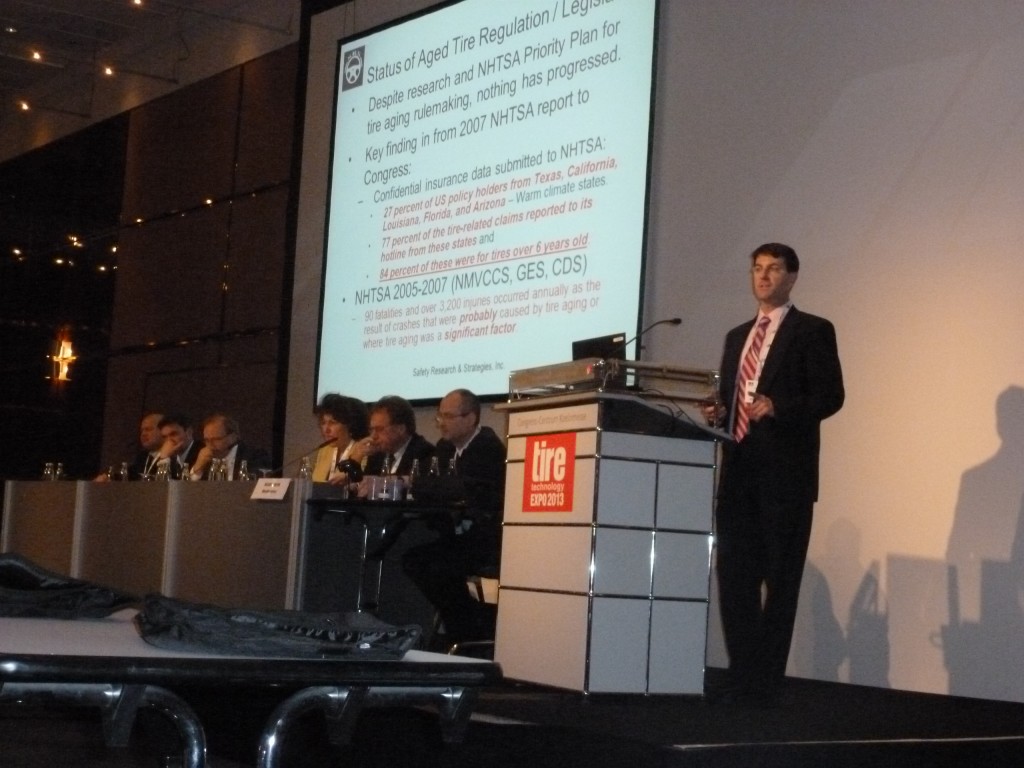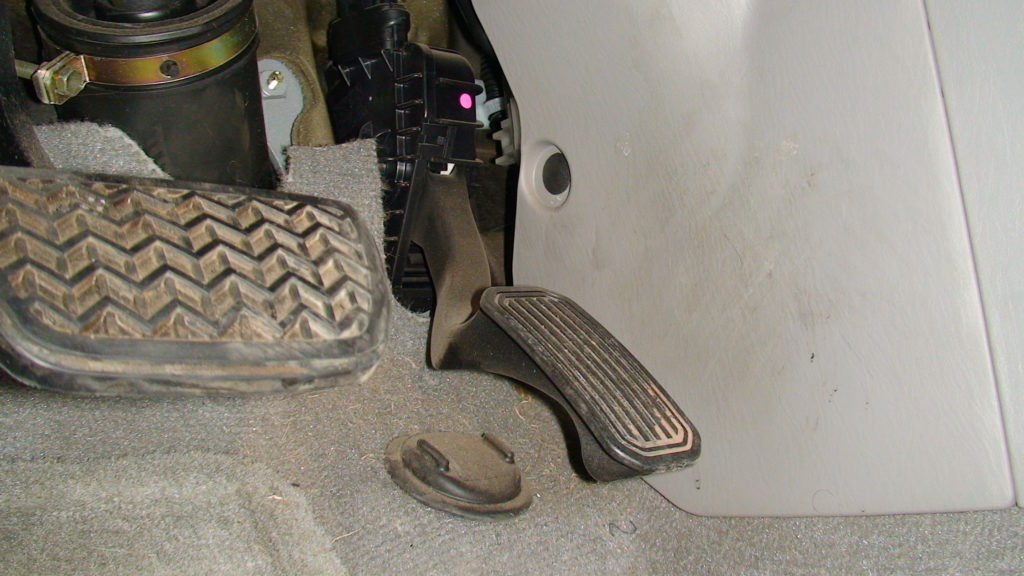Editor’s note: The Safety Record spent more than a year seeking the documents related to Recall 08C002 involving Evenflo Discovery child restraint. The Safety Record undertook this project because the defect was serious, resulting in a recall of more than 1 million seats. Yet, much the public record explaining how this recall came about was missing, and, the National Highway Traffic Safety Administration was not forthright in its actions or in its public statements in February 2008. The Safety Record is committed to ensuring that the public record is complete and to bringing transparency to NHTSA’s important regulatory and investigative activities in the interest of government accountability. Documents obtained following the successful settlement of Safety Research & Strategies litigation against NHTSA show that the Evenflo recall was the result of secret investigations and behind-the-scenes exchanges between the agency and Evenflo. This Special Report, in part, is based on these records.
On September 19, 2005, Isaac Neal Eslinger died of his injuries in a rollover crash that occurred the day before. He was seven months old. His mother Debra was at the wheel of the family’s 1996 Isuzu Oasis van, travelling north on Highway 6 towards Mandan, North Dakota. According to the police report of the crash, the last thing Debra Eslinger remembered was glancing back at her daughter, before realizing that she had swerved onto the shoulder of the other side of the road. Debra tried to correct her steering, but lost control of the van. It rolled over and came to rest in a ditch on the east side of the highway.
Debra, who was wearing her seatbelt, and her three-year-old daughter, secured in a child safety seat, survived the crash without any injuries. The Evenflo Discovery infant seat holding Isaac, however, detached from its base in the crash. Isaac, still strapped in the seat, was pitched out of the van. He died of a skull fracture and head injury.
Isaac’s father, Neal Eslinger, a chiropractor in Bismarck, paid tribute to his only son on a blog he writes, called My Living Strength:
“Isaac has a spirit presence that warmed all hearts. He was a “master of smiling” as he displayed his prominent dimples, twinkling eyes and his unique laughs, giggles and squeaks. The mere glimpse of his mother or sound of her voice would bring a smile and a laugh that truly was an honor to witness. …Isaac was a gift from God and he always was and always will be “Our Little Angel.” Words cannot express the blessings he brought into our lives.”
Three weeks after the crash, on Oct. 7, 2005, Isaac Eslinger’s death in an Evenflo Discovery infant seat was reported to the National Highway Traffic Safety Administration. Fifteen months later, NHTSA’s Office of Defects Investigation came looking for the crash report.
January 2007 would turn out to be a turning point for the popular infant carrier combination car seat. A controversial Consumer Reports story claimed that sled-tests showed that some models of the Discovery had a tendency to separate from its base under the stress of crash forces. This wasn’t actually news. A spate of infant deaths and injuries linked to base separations had initiated a low-level NHTSA investigation in 2004. But that probe was closed four months later with no defect finding.
NHTSA and Evenflo swiftly dispatched the Consumer Reports story by pointing out that its side-impact sled tests were actually conducted at a much higher rate of speed than the story claimed. Within weeks, Consumers Union, publisher of Consumer Reports, printed a retraction, withdrew the story and apologized to its readers. But one year later, NHTSA and Evenflo announced that the juvenile products manufacturing firm was recalling 1.1 million Discovery infant carriers because testing by both parties showed that it could separate from its base in a side impact.
In the three-and-a-half year gap between the closing of the first investigation and the recall of the Discovery infant carrier were two secret NHTSA defects investigations into the infant carrier’s propensity for seat base separations, the discrediting of a consumer advocacy organization that attempted to raise the bar on child restraint safety, and more child injuries and deaths in crashes that resulted in base separations.
The recall was five years ago, but questions about its origins linger. Save a flurry of stories published about CU’s testing mistake and retraction, and fewer when the recall was announced a year later, the record surrounding this child safety defect has remained hidden from public view. Increasingly, this appears to be by design. NHTSA frequently hides the extent of its investigative activities and its negotiations with industry. If no formal Preliminary Evaluation or Engineering Analysis is opened, the public record is never established. This secrecy has been the subject of criticism by safety advocates, who say that it allows the agency to avoid accountability, and by the Department of Transportation’s Office of Inspector General. In an October 2011 audit, the OIG criticized the Office of Defects lack of documentation and transparency:
“Without comprehensive documentation of pre-investigation activities, ODI’s decisions are open to interpretation and questions after the fact, potentially undermining public confidence in its actions.” Noting NHTSA’s failure to document meetings with manufacturers, OIG recommended “a complete and transparent record system with documented support for decisions that significantly affect its investigations.”
In November 2011, Safety Research & Strategies filed a Freedom of Information Request for the communications between NHTSA and Evenflo surrounding February 2008 recall. When NHTSA responded that it had no such documents, SRS appealed – arguing that the simultaneous press releases issued by NHTSA and Evenflo showed that each entity knew about the other’s test results on the Discovery – evidence of communication between the two. In April, after NHTSA did not respond to SRS’s appeal, the company filed a civil lawsuit in U.S. District Court to obtain the documents. In February, SRS and the Department of Transportation settled the lawsuit, after NHTSA released all of the documents it said were in its possession. The Department of Transportation paid SRS’s costs and legal fees of $14,281. Continue reading →

